Your circuit is known as an emitter follower.
In an emitter follower, the output voltage is always about 0.7 volts lower than the base voltage.
To make an NPN transistor conduct current from collector to emitter, you must have a voltage difference of about 0.7 volts between the base and the emitter. That's the forward voltage of the base to emitter junction.
You have 5V on the base, so the emitter can never be more than about 4.3V.
You could connect the base to 12V, which would give you about 11.3V on the emitter. Since your 5V is probably from the output of a microcontroller or something, you probably can't easily put 12V on the base.
The usual way to use an NPN transistor is to put it in the low side. That is, between the load and ground.

simulate this circuit – Schematic created using CircuitLab
When there's 5V on the "5V Digital input," the transistor will conduct and you load connected to "Output" will receive power. This is known as a low side switch.
Note that there's a resistor between the input and the base of the transistor. You need that resistor to protect the transistor and the microcontroller. The base of a transistor acts like a diode. When it conducts it "turns on" and acts like a short circuit. Without a resistor to limit the current, so much current could flow through the base that is will be destroyed. It could also damage the circuit driving the base.

